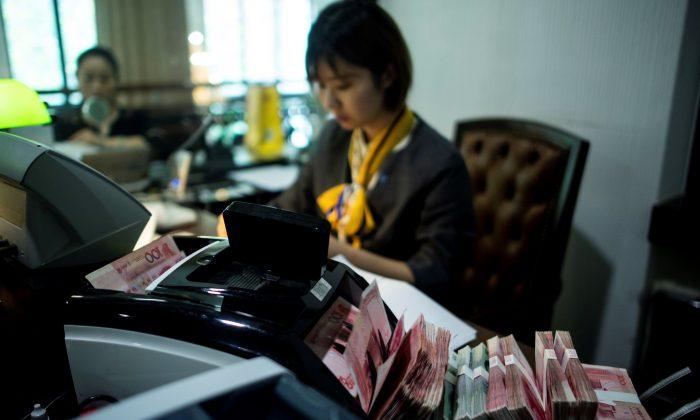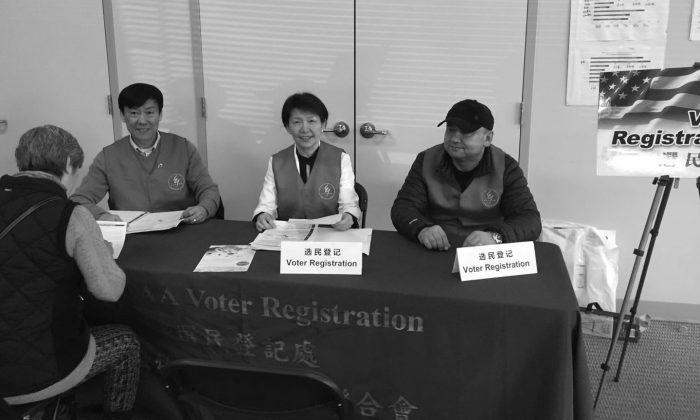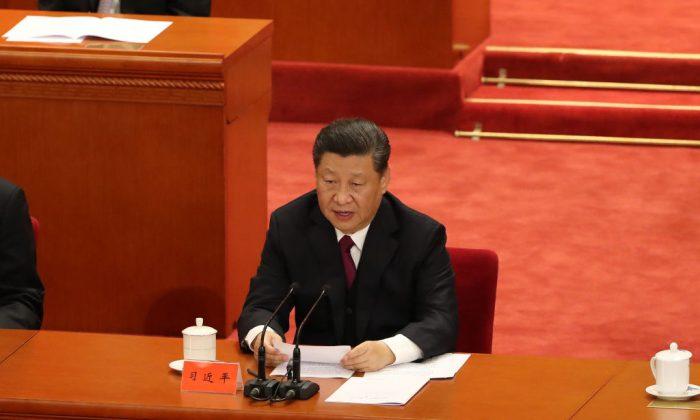The U.S. Treasury Department, in a report on foreign exchange-rate practices, stopped short of labeling China a currency manipulator, while offering an implicit warning to Beijing on the importance of keeping a close watch to make sure the yuan isn’t being depreciated to alleviate trade-war pains.
The department delivered its report to Congress on Oct. 17; it devotes 34 pages to Beijing’s policies and practices.
The purpose of these reports, submitted every six months, is to identify whether foreign governments are using currency manipulation to gain unfair advantages in international trade. The report lists six major trading partners on its foreign-exchange monitoring list: China, Germany, India, Japan, South Korea, and Switzerland.
However, “it’s clear that they wanted to keep the focus on China and China alone,” said Brad Setser, an expert on international economics and finance who worked in the Obama administration and is now at the Council on Foreign Relations, according to a report by Financial Times.
In an Oct. 17 analysis posted to Twitter, Setser expressed the view that the current administration’s China policy is shifting its focus to the issue of currency depreciation—and is specifically keen on whether China is resisting pressure to let the yuan fall.
“This most significant language in the report may be the new (I think) emphasis on symmetrical patterns of intervention, and specifically resisting depreciation pressure as strongly as resisting appreciation pressure,” Setser wrote.
According to the Treasury, the Chinese regime hasn’t been actively resisting the pressure to depreciate the yuan, contrasting with its behavior in previous years, when Beijing took various measures to prevent the yuan from gaining in value.
Since mid-June, the yuan has weakened more than 7 percent against the dollar, and close to 6 percent against the CFETS minimal basket. In the process, China has initiated an exchange rate policy involving the “counter-cyclical adjustment factor” to prevent the yuan from depreciating too quickly. According to the Treasury report, the Chinese Communist Party (CCP) seems to be aiming to keep the yuan above the exchange rate of seven yuan to the dollar.
Following the news that the Treasury’s report didn’t label China a currency manipulator, the yuan hit its then-lowest point at 6.93 yuan per dollar, and is now down to 6.95.
Compared with April’s report, the October report is tougher in terms of its wording and content.
“Treasury continues to place considerable importance on China adhering to its G-20 commitments to refrain from engaging in competitive devaluation and to not to target China’s exchange rate for competitive purposes,” the report states.
The Treasury said in a press release that “China could pursue more market-based economy reforms that would bolster confidence in the renminbi [yuan].”
Treasury Secretary Steven Mnuchin said in the statement that China’s exchange-rate practices “pose major challenges to achieving fairer and more balanced trade, we will continue to monitor and review China’s currency practices, including through ongoing discussions with the People’s Bank of China.”
The report also stated the impact that the depreciation of the yuan and strong dollar have on trade. “Most notably, the recent strengthening of the dollar and the decline in China’s currency would, if sustained, exacerbate persistent trade and current account imbalance.”
The Trump administration and the Treasury have long expressed concern over China’s excessive trade imbalance, taking aim specifically at China’s persistent non-tariff barriers, non-market direction of economy, large subsidies and other unfair practices as exacerbating this imbalance, which Washington says are distorting the economic relationships between China and its trade partners.





Friends Read Free